Met up with Moy who was leading a group hike exploring the areas of woodland and moorland above Todmorden (birthplace of Keith Emerson, of Emerson, Lake and Palmer). Only one other person showed up, but he, like Moy, was a wealth of information about the history of the landscape that opened up before us. The hike led steeply upwards where we were rewarded with the views that are one of the main things I miss about England. We passed many isolated farms that had once processed wool directly from the herd to woven cloth. We followed some of the pack horse trails on which the finished cloth would would have been taken to the markets, or cloth halls as they are called here. I learned lots about the conservation and control of the woodland, especially important with the problems of flooding in the narrow, highly populated valleys. We came to Dobroyd Castle. It’s now an outward bound school for kids from all over England. We passed a group from Wolverhampton. Moy’s daughter had been there last week but Moy herself had never been inside. We knocked on the door and were told that because they are responsible for children they couldn’t let us in. I put on my best American accent and said that I’d come all the way from California and would just looooove to see inside an English castle. The door opened and we were able to step inside and look at the amazing stone carvings. Of course this ‘castle’ is a folly, being being by a Victorian wealthy mill owner, John Fielden (1822-1893) but the opulence of the decoration was amazing. The owner’s story is interesting because he married a common mill girl. But that’s another story . . . .
Well, it’s September now so it’s probably time to tell the John Fielden story.He developed Waterside cotton Mill in Todmorden which was possibly the largets factory in the country at the time. His family home, Dawson Weir was firmly fixed amid the mill workers’ cottages. He was a Unitarian. He raised 7 children within the working community. Ruth was born in 1827 and married Fielden in 1857. He built the castle for Ruth and they moved in in 1869. He arranged for a treat for the 300 men who had built it at the Lake Hotel – Hollingworth Lake. They had a special train accompanied by brass band. The castle has 66 rooms, 17 stables and cost 71 thousand pounds to build. In 1873 Fielden was involved in a horse riding accident and remained crippled for the rest of his life. Ruth became an alcoholic. She died aged 50 and was buried in an unmarked grave. He married Ellen Mullinson eight months later. It was very much a society wedding. He died at the castle in 1893 at the age of 71. In 1995 a group of monks moved into the castle and remained there until 2007.
See todmordenandwalsden/quakers on rootsweb.
I asked if it is again possible to walk from Todmorden back to Hebden along the tow path. Gary suggested we find out. Together we had lunch in a great little coffee house where I got my first cheese toastie of the trip and then we set off back to Hebden. It should have been around 4 miles but several times the towpath was closed because of the reconstruction of the canal so we had to keep detouring onto the road for a stretch. However, there was lots to see and Gary was a lively conversationalist. He’d been a printer, got made redundant in his early 50’s,found work as a janitor in a college, saw stuff on the blackboards he thought might be interesting, got a Bachelor’s degree, and a masters and then a PhD from Ruskin college Oxford!
Back a’ th’ mill at 5 I had dinner and then went to the Hebden’s Little Theater production of Children’s Hour, precisely one minute’s walk from my mill. The subject was a lesbian relationship between 2 teachers in a girls’ boarding school – Hebden Bridge is known as the lesbian capital of England.
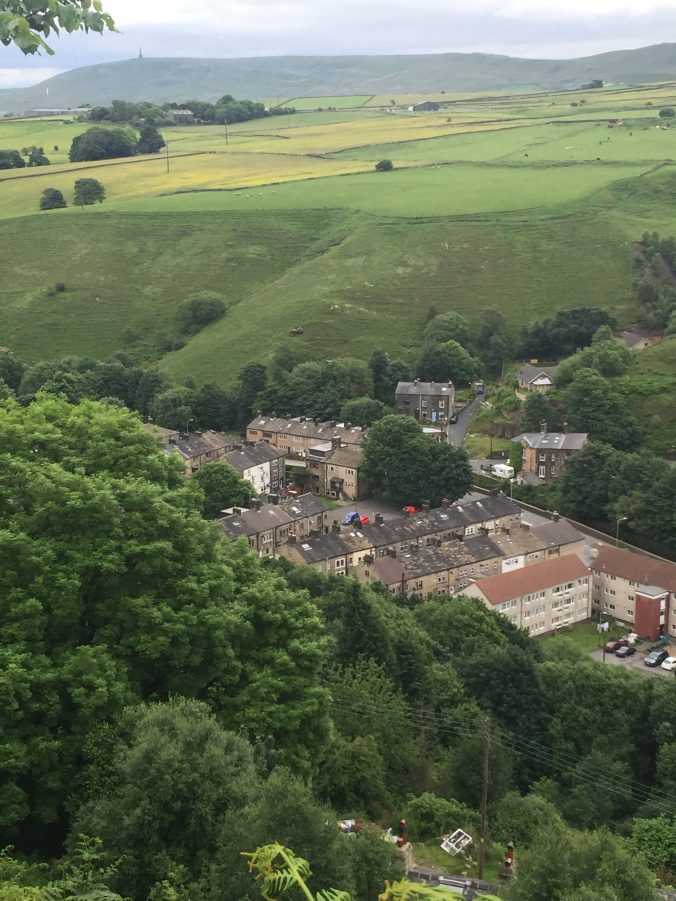
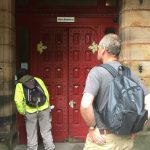
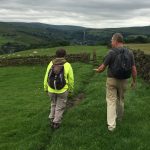


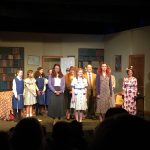
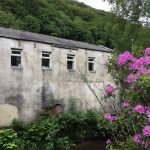
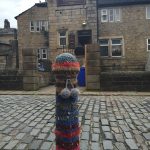

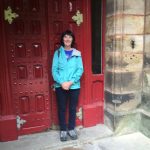


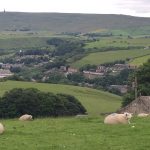


18th June 2016 at 5:24 pm
http://www.spptt.org.uk/